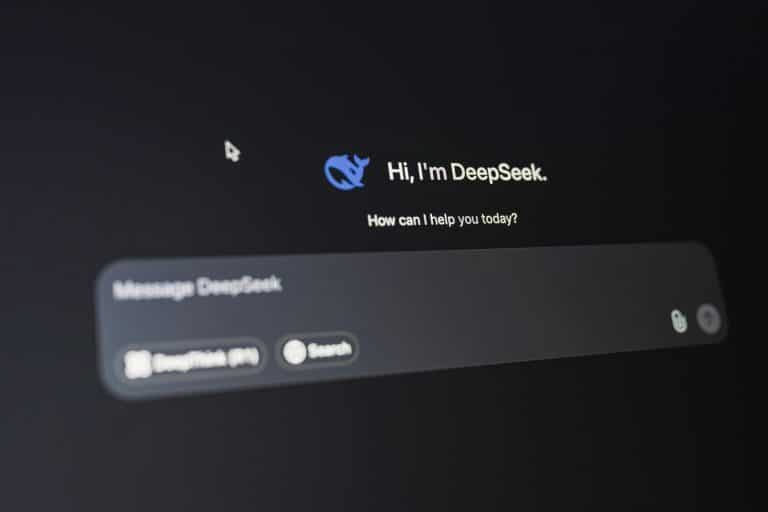Businesses rely heavily on technology to maintain operations, serve customers, and stay competitive. However, with increasing dependence on IT infrastructure comes heightened vulnerability to disruptions—whether from cyberattacks, natural disasters, or system failures. The difference between a company that survives a crisis and one that collapses often lies in its preparedness. Implementing robust IT solutions before disaster strikes is not just an option—it’s a necessity.
This article explores the essential digital lifelines every business must have in place to ensure continuity, security, and resilience in the face of unexpected challenges.
1. Comprehensive Data Backup and Recovery Solutions
Data is the lifeblood of modern businesses. Losing critical information—whether customer records, financial data, or proprietary research—can be catastrophic. A reliable backup and recovery strategy ensures that even if disaster strikes, your business can quickly restore operations.
Key Considerations:
- Automated Cloud Backups: Storing data in secure, off-site cloud servers protects against physical damage (e.g., fires, floods) and ransomware attacks.
- Hybrid Backup Systems: Combining cloud and on-premises storage provides redundancy, minimizing the risk of total data loss.
- Regular Testing: Backups are useless if they can’t be restored. Regularly test recovery processes to ensure they work when needed.
Investing in enterprise-grade backup IT solutions ensures that your business can recover swiftly, minimizing downtime and financial losses.
2. Cybersecurity Measures to Prevent Breaches
Cyber threats are evolving at an alarming rate, with ransomware, phishing, and zero-day exploits targeting businesses of all sizes. A single breach can lead to financial loss, reputational damage, and legal consequences.
Essential Cybersecurity IT Solutions:
- Firewalls & Intrusion Detection Systems (IDS): These act as the first line of defense against unauthorized access.
- Endpoint Protection: Securing all devices (laptops, smartphones, IoT) with advanced antivirus and anti-malware software.
- Multi-Factor Authentication (MFA): Adding an extra layer of security beyond passwords reduces the risk of unauthorized logins.
- Employee Training: Human error is a leading cause of breaches. Regular cybersecurity training helps staff recognize and avoid threats.
Proactive cybersecurity measures are non-negotiable in today’s threat landscape.
3. Disaster Recovery and Business Continuity Planning
A disaster recovery (DR) plan outlines how a business will resume operations after a major disruption. Meanwhile, a business continuity plan (BCP) ensures that critical functions remain operational during a crisis.
Steps to Build a Strong DR/BCP Strategy:
- Risk Assessment: Identify potential threats (e.g., cyberattacks, power outages, supply chain disruptions).
- Prioritize Critical Systems: Determine which applications and data are most vital for operations.
- Define Recovery Time Objectives (RTO): Establish how quickly systems must be restored to avoid significant losses.
- Cloud-Based Failover Solutions: Utilize cloud infrastructure to switch operations seamlessly during outages.
Without a tested disaster recovery plan, businesses risk prolonged downtime, lost revenue, and customer attrition.
4. Scalable Cloud Computing for Flexibility
Cloud computing has revolutionized how businesses operate, offering scalability, cost-efficiency, and remote accessibility. In a disaster scenario, cloud-based IT solutions allow employees to work from anywhere, ensuring business continuity.
Benefits of Cloud Adoption:
- Remote Work Enablement: Employees can access files and applications securely from any location.
- Automatic Updates & Security Patches: Cloud providers handle software updates, reducing vulnerabilities.
- Pay-as-You-Go Models: Businesses only pay for the resources they use, optimizing costs.
Migrating to the cloud is no longer optional—it’s a strategic move for resilience.
5. Proactive Network Monitoring and IT Support
Many IT disasters escalate because issues go undetected until it’s too late. Proactive network monitoring helps identify and resolve problems before they cause major disruptions.
Why Continuous Monitoring Matters:
- Real-Time Threat Detection: AI-driven monitoring tools can spot unusual activity, preventing cyberattacks.
- Performance Optimization: Identifying bandwidth bottlenecks or hardware failures early keeps systems running smoothly.
- 24/7 IT Support: Having a dedicated IT team or managed service provider ensures rapid response to emergencies.
Businesses that neglect monitoring risk unexpected outages that could have been prevented.
6. Compliance and Regulatory Preparedness
Many industries have strict data protection regulations (e.g., GDPR, HIPAA, CCPA). Non-compliance can result in hefty fines and legal repercussions, especially after a data breach.
How IT Solutions Help Maintain Compliance:
- Data Encryption: Protects sensitive information both in transit and at rest.
- Audit Logs: Tracks access and changes to data for accountability.
- Automated Compliance Tools: Software that ensures policies are consistently enforced.
By integrating compliance into IT strategies, businesses avoid penalties and build trust with customers.
Conclusion: Don’t Wait for Disaster to Strike
The cost of being unprepared is far greater than the investment in preventive IT solutions. From data backups and cybersecurity to cloud computing and disaster recovery planning, these digital lifelines ensure that your business can withstand and quickly recover from disruptions.
The question isn’t if a disaster will happen—it’s when. Businesses that prioritize resilience today will be the ones that thrive tomorrow. Start strengthening your digital defenses now, because in the world of IT, preparation is the ultimate competitive advantage.










